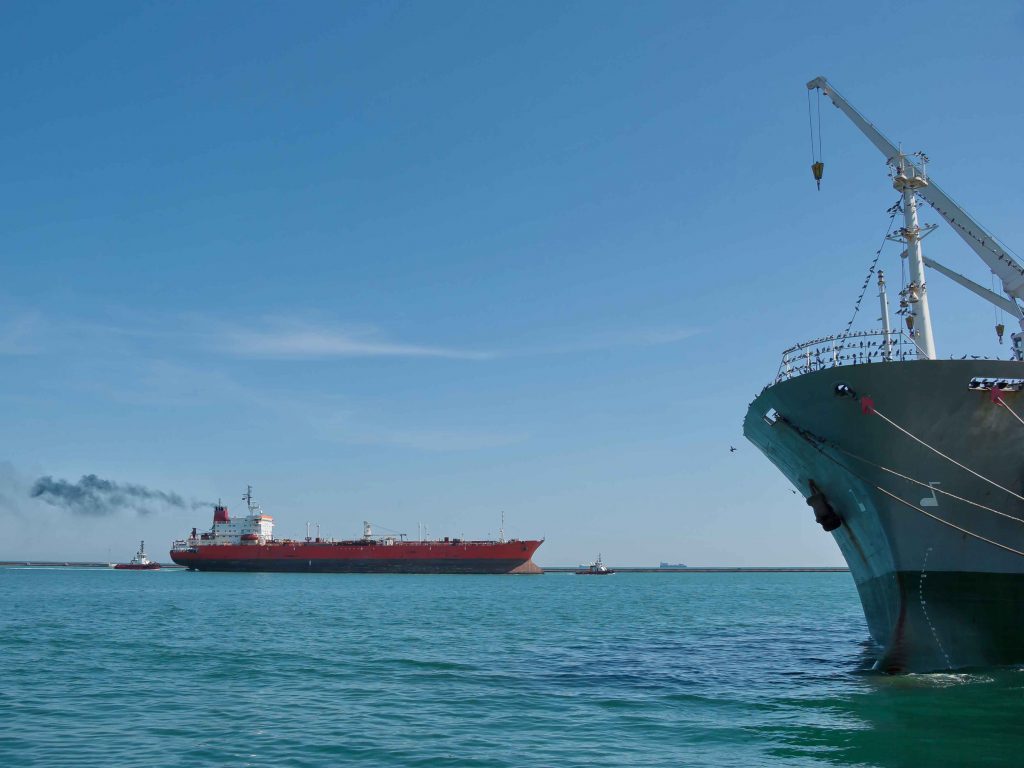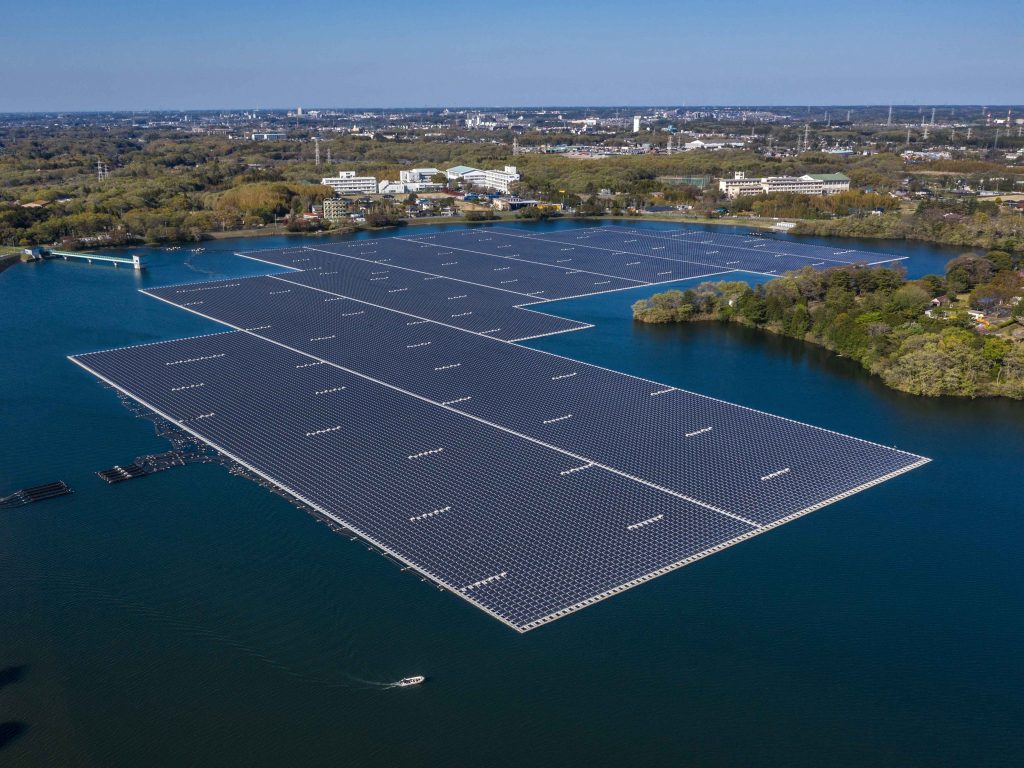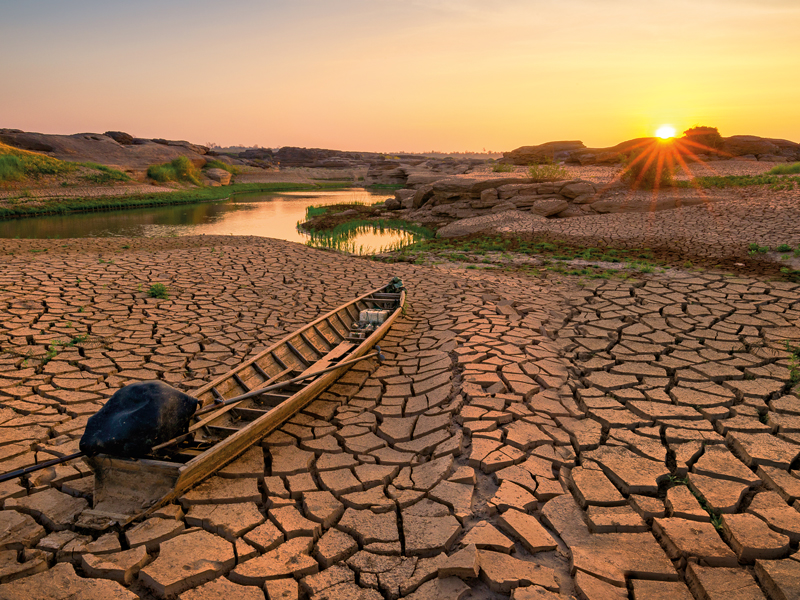Water and energy: An inseparable pair
Water and energy are critical to the population, but what is overlooked is that these resources are interdependent
Water and energy are critical to the population, but what is overlooked is that these resources are interdependent
In simplest terms, energy is required to produce usable water, and water is required in the production of energy. Globally, the demand for both of these crucial resources is projected to grow at an alarming pace, with energy demand doublingi and water demand tripling in the next 20 years.
Many people take clean water for granted and don’t think about how much we depend on it for drinking, agriculture, sanitation, and hygiene. According to the United Nations Development Programme, more than one billion people, or about one in six worldwide, have no access to safe drinking water, and more than two billion lack access to adequate sanitation. The effects of unclean water often lead to cycles of poverty, conflict, disease and death.
Indeed, almost half the population in developing countries is suffering from water-related diseases.
If we continue along the current trend, by the year 2025 two thirds of the world’s people won’t have sufficient access to clean water. Unfortunately, water supply/demand imbalances will only continue to grow as the world’s population mushrooms. Even in a developed country such as the US, most states expect water shortages during the next decade.
Lifeblood of industry
Water is the lifeblood of industry as well. It’s often said that an economy runs on oil, but it also could be said that it runs on water. It’s estimated that 15 percent of freshwater worldwide is used for industrial purposes, and in the United States the number is even higher – some 45 percent of freshwater withdrawal in the US is used for industrial purposes such as cooling, as a solvent or in chemical processing.
In particular, water demands related to electricity production have almost tripled since 1995. An average 1,000-megawatt power plant requires more than five million gallons of water per day, and water is required for virtually every aspect of producing electricity. Moreover, the deployment of technologies to meet expected carbon-emission requirements will further increase water consumption by one-to-two billion gallons per day (GPD). GE works with customers every day to reduce water consumption per MW produced.
Conversely, the water sector consumes three percent of the electricity generated in the US annually, with from six to 18 percent of a given US city’s energy demand going to produce, treat and transport water. Looking ahead, energy consumption at water and wastewater utilities is projected to grow by more than 20 percent in the next 15 years.
This link between water consumption and energy production has been widely recognised at GE. As a result, last year we brought our Water & Process Technologies business under the GE Energy Infrastructure umbrella, so that we could focus on our customers’ total needs and better address joint water/energy challenges.
The combined organisation is a world leader in providing water and process technologies such as water/wastewater treatment, process systems solutions and desalination, as well as a full suite of traditional and renewable power generation technologies and energy-related solutions. Examples of comprehensive solutions that GE can bring to bear on joint water and energy challenges include on-site reuse technologies; wastewater-to-energy systems; distributed power; information management/remote monitoring; and diagnostics and control.
GE also is at the forefront of hybrid desalination development. We recently were named as the reverse osmosis provider for the largest hybrid desalination plant in the world, Ras Al Zour in Saudi Arabia. It’s a combined power and water project that will produce 250,000m3 of water per day from reverse osmosis treatment, and 750,000m3 per day from thermal processes.
Water reuse is a key strategy
According to the WateReuse Association, the US reclaims and reuses about six percent of its wastewater. But the level is much higher in some other countries. Israel today is reusing 70 percent of its wastewater. Singapore is reusing 15 percent and plans on doubling it by 2010. Australia currently reuses about eight percent and has set a national target of 30 percent by 2015.
GE encourages and enables water reuse and an increasing number of our customers are turning to it to save water, energy and money, with technologies that enable water to be reused economically, sometimes many times over. For example, some 11.4 trillion gallons per year of municipal wastewater is treated in the US Rather than simply treat it and discharge it to a receiving stream, the addition of an incremental treatment process, either at the wastewater plant or at the industrial plant, allows this water to meet the needs of many industrial processes including power plant cooling. Thus, co-location of water-treatment facilities and power plants is a key strategy.
A US Department of Energy-sponsored study looked at 110 new power plants proposed for construction in 2007. It found that municipal wastewater treatment plants located within a 25-mile radius of the proposed power plants could satisfy 97 percent of the power plants’ cooling-water needs. Incentives to co-locate municipal wastewater treatment plants and power generation plants in the future would go a long way toward reducing freshwater withdrawal.
Moreover, reusing water often reduces energy consumption in and of itself. A 1,000 MW power plant which installs a water-reuse system for cooling-tower water recovery will reduce the energy otherwise needed to produce, distribute and treat fresh water by a net 15 percent, or enough to power some 350 homes for a year.
Energy exploration & production activities also generate large quantities of wastewater, with an estimated seven∞to∞10 barrels of water consumed for every barrel of crude oil, from the well to the gas pump. Some oil-recovery processes are particularly water-intensive, including Steam Assisted Gravity Drainage (SAGD), which uses 30-40 barrels of water to produce one barrel of oil. GE advanced wastewater solutions can dramatically reduce water use and enable water reuse in these activities.
Policy initiatives set forth
But while the technologies exist, the motivation to employ them often doesn’t. Today, it is often less expensive to pull water from a river or a well, or even to draw potable water from a municipal system, than to treat and reuse it. Thus, policymakers in the US and around the world are looking for ways to expand water recycling and reuse initiatives.
In response, last year GE developed a comprehensive white paper that gives governments, communities and businesses examples of the policies and tools they need to make informed decisions as they work to increase water recycling and reuse in their areas. Addressing Water Scarcity Through Recycling and Reuse: A Menu for Policymakers provides a representative sampling of the four major types of policies and programs in use globally: education/outreach; removal of regulatory barriers; financial incentives; and mandates/regulation.
We at GE ourselves see the importance achieving water and energy efficiencies across our portfolio of businesses. In 2005, GE launched a global environmental initiative called ecomagination, which is our commitment to imagine and build innovative solutions that solve today’s environmental challenges and benefit customers and society at large.
We have committed to reducing our water consumption by an absolute 20 percent during the same time frame. In addition, GE is doubling its level of investment in clean R&D from $700 million in 2005 to more than $1.5 billion by 2010, focused on helping our customers meet pressing energy and water challenges.
Energy and water truly are co-dependent resources, critical to the functioning of modern economies and to life itself. We must understand and respect this inter-relationship, so that we can better manage the ways we acquire and use these resources. In so doing, we shall build a foundation for sustainable progress going forward.













